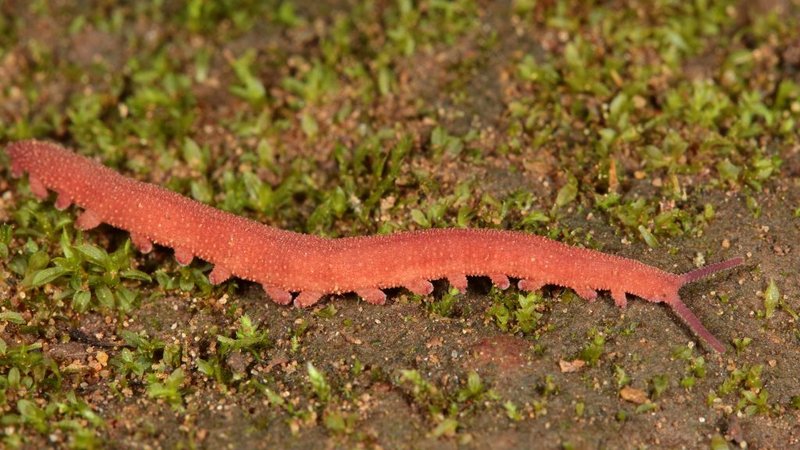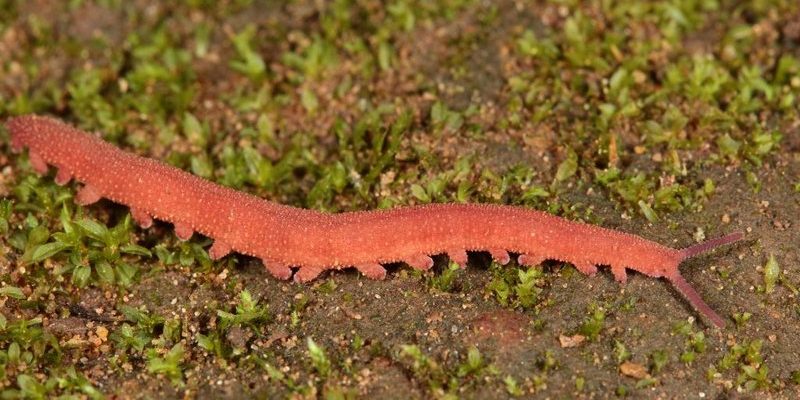
Indigenous knowledge systems encompass the wisdom and cultural practices passed down through generations, often rooted in deep observation and respect for nature. Velvet worms, which are part of the family *Onychophora*, are both fascinating and vital to these narratives. Their unique survival strategies and roles in ecosystems have been observed and revered, helping communities learn how to live in harmony with their surroundings. So, what exactly makes these little creatures stand out when we think about Indigenous teachings?
Understanding Velvet Worms: A Close-Up Look
Let’s dive into the world of velvet worms. These creatures look a bit like a mix between a slug and a caterpillar. They have soft, sleek bodies covered in a velvety texture—hence the name. Found primarily in moist forests, they are nocturnal hunters, using their slime to trap prey like insects. This hunting technique is not only fascinating but also shows how they adapt to their environment.
Another interesting aspect is how they reproduce. Velvet worms have a unique method where females can store sperm for later use, allowing them to decide when to fertilize their eggs. This adaptability is a thrilling example of evolutionary success in response to environmental challenges.
By understanding these characteristics, we can begin to see why Indigenous cultures might value velvet worms. They symbolize resilience and adaptability—qualities essential for survival, especially in changing landscapes.
Indigenous Perspectives on Velvet Worms
For many Indigenous peoples, the connection to nature runs deep. Velvet worms often appear in traditional stories and teachings that highlight the importance of ecosystem balance. By observing velvet worms, communities gain insights into their environment, from understanding soil health to recognizing the need for preservation efforts.
In some cultures, the presence of these creatures can indicate the health of a forest. If you see a velvet worm, it often signifies a thriving ecosystem. This is crucial information, as it helps communities make decisions about land use and conservation. The *Onychophora* remind us that all creatures have roles in maintaining this balance.
Moreover, this connection goes beyond survival. It embodies a spiritual dimension where these creatures are seen as part of the wider circle of life. They teach respect for all living beings—a fundamental principle in many Indigenous teachings.
Velvet Worms in Traditional Medicine
In many Indigenous cultures, nature is a source of healing wisdom. Velvet worms, too, play a part in this narrative. Their slime has been studied for its potential medicinal properties. This fluid contains compounds that could inspire new antibiotics or healing treatments.
Indigenous peoples may not have studied these properties in a lab, but generations of observation have led them to recognize the value of these creatures. For instance, knowing how to harvest slime without harming the worms shows a deep respect for sustainability. This practice aligns with the broader Indigenous perspective of taking only what is needed and ensuring the survival of the entire ecosystem.
Stories surrounding these medicinal uses often serve as a reminder of the interconnectedness of all life forms. It’s a beautiful illustration of how Indigenous knowledge systems can contribute valuable insights to modern science.
Ecological Roles of Velvet Worms
Velvet worms contribute significantly to their ecosystems, functioning as both predators and prey. As hunters, they help control insect populations, which is essential for maintaining balance in their habitats. In this role, they minimize the risk of any one species overtaking the environment, thus aiding in biodiversity.
Moreover, they serve as a food source for larger predators, such as birds and small mammals. Their existence supports the food web, highlighting how even the smallest creatures can have substantial impacts.
This ecological role is crucial for Indigenous communities that rely on the health of their environments. By maintaining this balance, velvet worms help ensure that resources remain available for fishing, hunting, and gathering—core activities that sustain these cultures.
Education and Knowledge Sharing
Indigenous knowledge systems emphasize education through storytelling and experience. When it comes to velvet worms, the lessons can be rich and varied. By sharing stories about these creatures, Indigenous peoples pass down essential knowledge about caring for the environment.
For example, children might learn to recognize the signs of a healthy ecosystem by observing velvet worms and understanding their role in the community. This process encourages curiosity and respect for all living creatures, instilling the values needed to foster environmental stewardship.
Engaging with these stories enriches the overall understanding of the natural world. It invites questions like, “How do we preserve our resources?” and “What can we learn from this creature?” These conversations are vital in an age where environmental awareness is more important than ever.
The Future of Velvet Worms and Indigenous Knowledge
As we move forward, the role of velvet worms in Indigenous knowledge systems becomes increasingly significant. As ecosystems face threats from climate change and habitat destruction, the insights offered by Indigenous peoples are invaluable. They understand that preserving the knowledge of creatures like velvet worms is not just about learning from the past. It’s also about ensuring a sustainable future.
Creating partnerships between scientists and Indigenous communities can help in understanding how these creatures adapt and thrive. Collaborations can lead to new discoveries and innovative conservation strategies that benefit both the environment and local cultures.
In this light, velvet worms stand as a bridge. They connect the wisdom of the past with the needs of the future, reminding us of the importance of perseverance, respect, and harmony with nature.
Velvet worms are more than just unusual animals; they embody essential lessons woven into the fabric of Indigenous knowledge systems. From ecological balance to medicinal potential, these creatures teach us about resilience, adaptability, and respect for the environment.
As we learn more about how velvet worms fit into the larger narrative of nature, we also uncover our responsibilities toward preserving both these remarkable beings and the cultures that revere them. The wisdom of velvet worms is a profound reminder that each tiny part of our ecosystem plays a role in the bigger picture. By valuing these connections, we can work together toward a more sustainable future for all.

